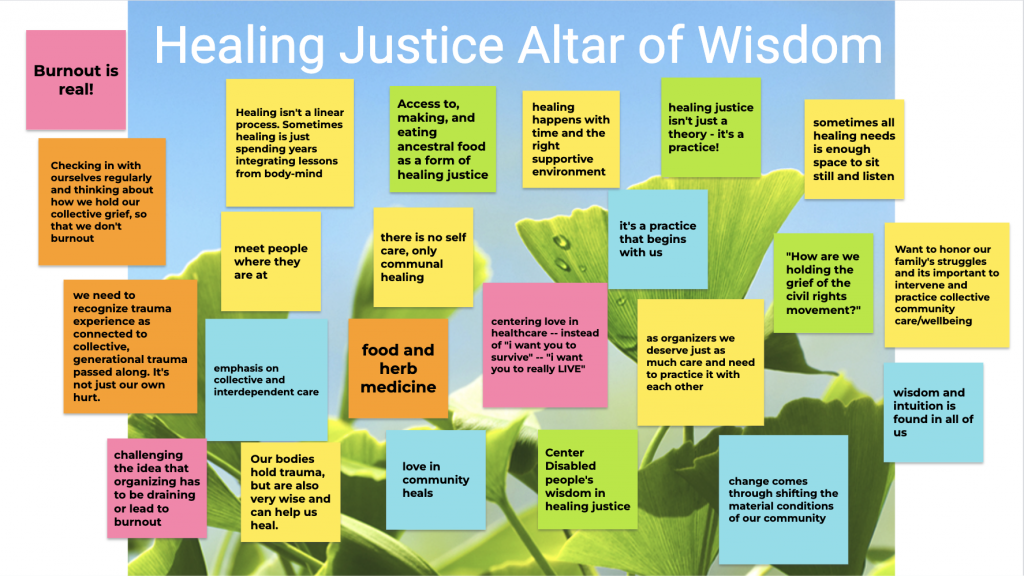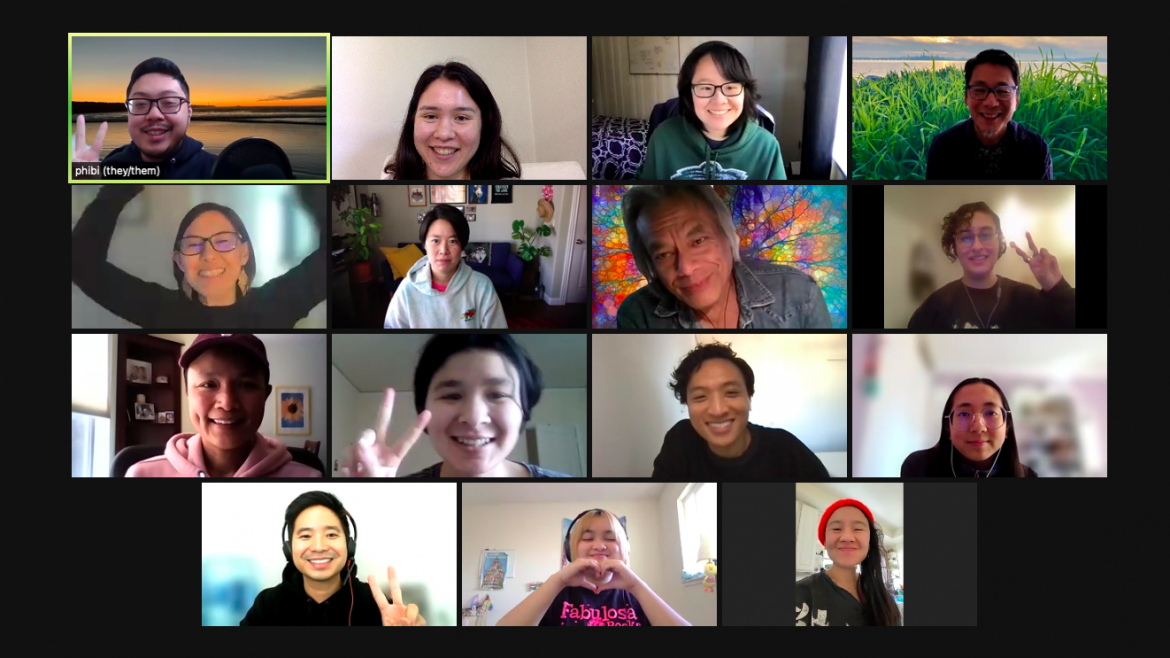What is Healing Justice?
“What is healing?” is the question I have been asking APIENC’s Core Committee ever since we established Healing Justice as a key pillar of our new Theory of Change. In our movements, healing is all the buzz, yet what does that actually look like in community? The term “Healing Justice” also has gained attention, but is often misinterpreted. So what does healing and healing justice actually mean to me and APIENC?
Let’s start with healing. Irene Van, a community member who is a therapist and organizer, recently told me that healing is different from therapy. Therapy exists within the Medical Industrial Complex (MIC) which often requires diagnoses to be covered by insurance, so it has to focus on fixing specific symptoms. Treating symptoms can be essential for survival, but does not necessarily transform and heal. Irene said that on the other hand, “Healing creates space to work through whole experiences like grief and oppression, not just symptoms, and must happen in community and be rooted in ancestral and cultural wisdom.”
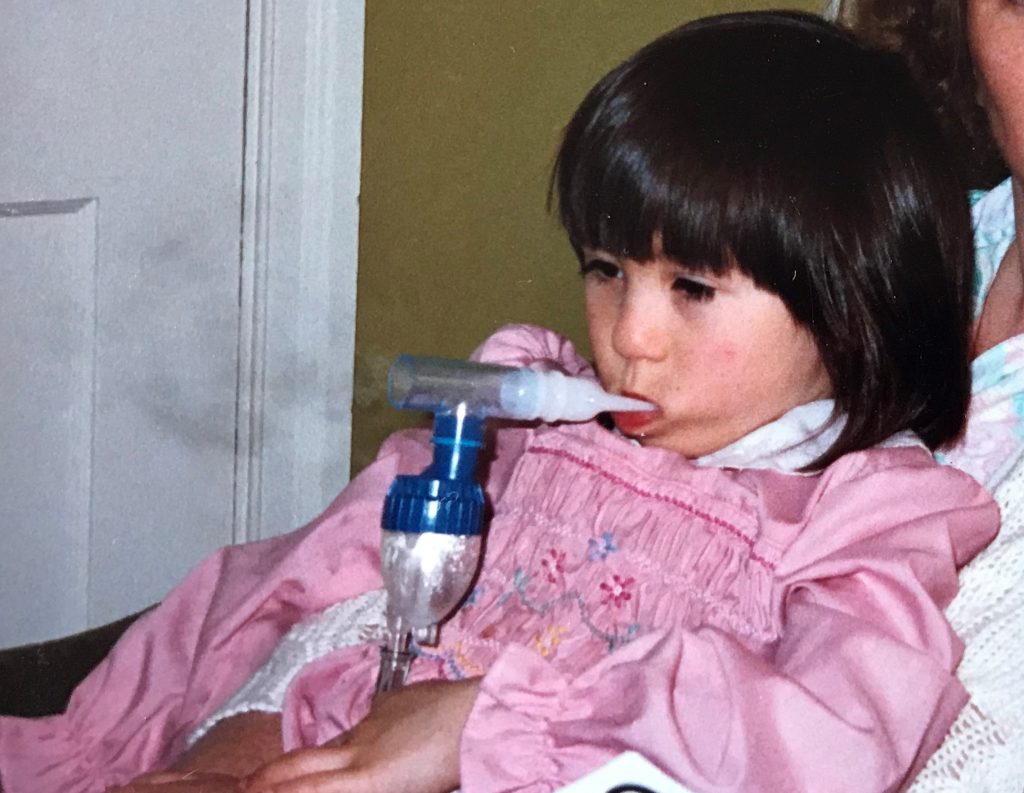
This definition resonates deeply for me. From age four to seven, I would spend weeks at a time each year living at Boston Children’s Hospital being treated for severe asthma, being poked and prodded and missing out on school with my friends. When I turned eight years old, my family permanently lost our health insurance and I was told I wasn’t allowed to get sick anymore. As I grew up, I learned to mostly manage my asthma and other health conditions on my own without the need for hospitalization and medications, but I still experience chronic anxiety and fear of being sick, which has heightened during the COVID-19 Pandemic. I am trying to heal from the medical trauma I experienced over my lifetime and unlearn the internalized belief that I was a burden on my family for being sick and that I am unlovable for having special health needs. Individual therapy has helped me process some of the emotional impacts of being sick and the “wellness industry” has helped manage my symptoms, but what is actually healing me is community – specifically APIENC.
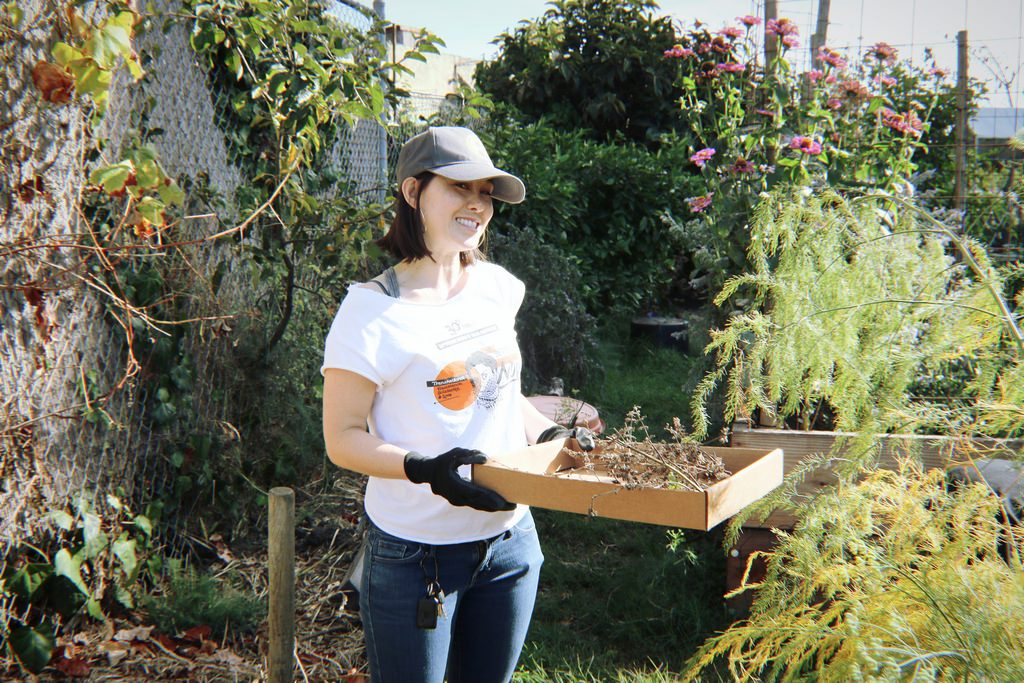
APIENC was the first space I had the opportunity to share my story of living with invisible disabilities. Members vulnerably shared with me their own journeys and access needs, making me feel less alone. APIENC’s Dragon Fruit Network’s Asking for Help workshops have empowered me to ask for what I need – including around access and disability. In 2021 I was suddenly dealing with severe jaw pain and could not talk for months. I was forced to ask for help. Though my old trigger of feeling like a burden and “too much” came up, Sammie and Yuan supported me to creatively develop systems to rest and take care of my jaw while working at APIENC. A year later, Yuan shared with me that she noticed a different energy when I share my access needs now – a calm confidence that wasn’t there before. That is a major transformation for me. As I learn with our community about healing justice and disability justice, I am realizing that my experience is not isolated and that being sick is not a personal flaw. Our ableist and capitalist culture tells us that we are only worthy if we are productive and “healthy” while making us dependent on a medical system that is expensive and causes harm to our communities. This perspective is healing wounds that I could not treat with medicine. It is transforming my internalized shame and anger into fuel to challenge ableism and the Medical Industrial Complex.
“As I learn with our community about healing justice and disability justice, I am realizing that my experience is not isolated and that being sick is not a personal flaw. Our ableist and capitalist culture tells us that we are only worthy if we are productive and “healthy” while making us dependent on a medical system that is expensive and causes harm to our communities.“
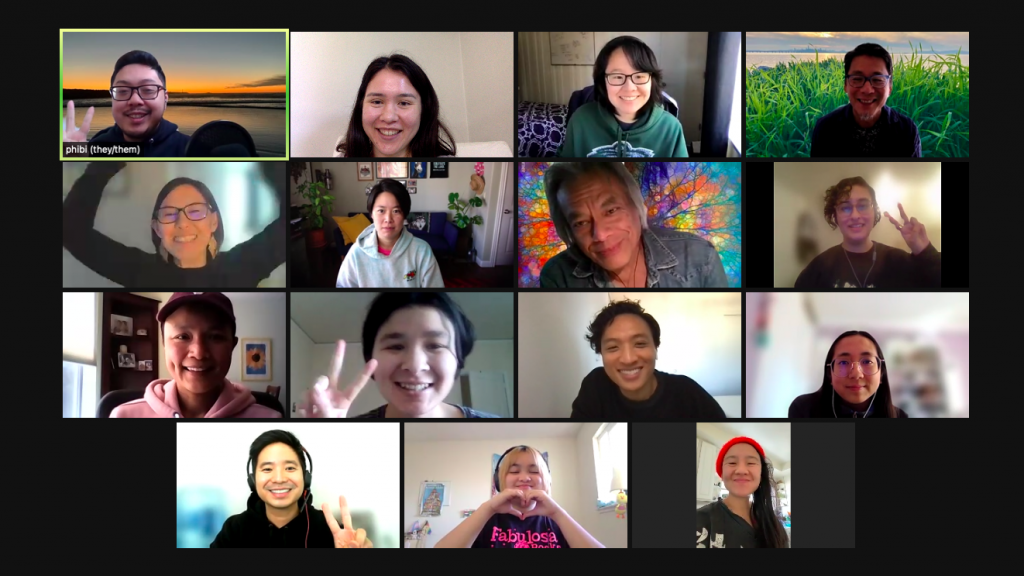
Which leads us to Healing Justice. This term has been misused and misappropriated, so let’s gain some clarity. Healing Justice is an organizing framework and strategy coined by Cara Page and the Kindred Southern Healing Justice Collective and draws its roots from generations of people before them. I have been listening to Cara’s numerous videos and podcasts and recently got to talk with her in January. She shared her experience organizing with Black and Brown, working class, trans and queer organizers in the South in the late 90’s and early 2000’s, who were facing intense fascism and white supremacy along with the criminalization of Indigenous healing traditions such as Peyote. While organizing, they did not have the space to grieve the immense loss and trauma they were experiencing first hand and intergenerationally. Organizers were being burnt out, yet organizing still needed to happen.
In response, Cara and other organizers and healers in the South wove together disability justice, transformative justice, environmental justice, economic justice, reproductive justice, and abolitionist theory and practices to create an intentional strategy called Healing Justice, which centers collective healing and spirituality in movement organizing. Cara says in one video “…we need to intervene on generational, individual, and collective trauma, from systemic violence, oppression, policing, and violence in all our lives by recovering and intervening on the violence by actually centering our psychic, emotional, physical, spiritual and environmental well being for our collective liberation.” Healing Justice should not be confused with the “self care” that corporations are selling to increase productivity (i.e. meditation rooms at tech companies). Rather it is an organizing strategy that addresses the impact of oppression on our spirits and the land through collective healing so we can win liberation in our lifetime.
“…we need to intervene on generational, individual, and collective trauma, from systemic violence, oppression, policing, and violence in all our lives by recovering and intervening on the violence by actually centering our psychic, emotional, physical, spiritual and environmental well being for our collective liberation.”
-Cara Page
APIENC’s Healing Justice committee is building on this lineage of Black and Brown Southern organizers and healers. As trans and queer Asians and Pacific Islanders, we know that while many of our ancestral healing traditions are extracted for profit by the MIC, our healing needs are highly invisibilized. Our needs are not being met. Our trans API needs assessment, Up to Us, confirmed that we are struggling with mental health and suicidal ideation, yet do not have access to affordable and culturally affirming mental health care. This impacts not only individuals’ well-being, but also our movement for liberation as people turn away from organizing spaces to care for their mental health. Our committee is working to transform these conditions to meet the immediate and long term healing needs of trans and queer API people and build our collective power.
This year our committee is piloting a peer counseling program for trans and non-binary API people, exploring new ways of assessing members’ capacity and needs for sustainability, and beginning to build our own Healing Justice campaign to amplify the needs of our people. Together we have been learning about the roots of Healing Justice, gathering inspiration from many radical Healing Justice campaigns, and slowly integrating the practices and values of Healing Justice into our work. We are growing in deep ways, learning new skills and knowledge, and drawing from our own lived experiences and wisdom – as one of our Core members Max reminded us, “We are all experts in the MIC and have knowledge to share.”
Will you join us on our healing justice journey to build power for our people? Learn more about Healing Justice and support APIENC’s future Healing Justice campaign.
